Recently updated on October 28, 2023 at 04:08 am
[Update: September 02.10.2023, XNUMX] This post was updatedto take more recent information into account. What is power to weight ratio and how does it affect your vehicle? The term “power to weight ratio” doesn't mean anything to you? No problem, here you can find out what it means and how it relates to the acceleration or even the Fuel consumption affects. And with our calculator you can even easily calculate the power-to-weight ratio. Simply enter the empty weight of the vehicle and the power (KW).
here, the power to weight ratio to calculate!
|
Power-to-weight ratio [kg/hp]
|
||
Unter dem power to weight ratio one understands that Relationship between mass and engine power of a vehicle. The lower the power to weight ratio, the lower the energy consumption. This can be proven with the physical formula for the acceleration. The engine speed is independent of this. Also for that reverse In this case, the same conditions apply. If a heavy vehicle is braked, a large part of the kinetic energy is lost in warmth i.e. into oil.
If you imagine a hill start with a heavy vehicle, it quickly becomes clear that with less weight with the same engine power less fuel is needed. At a time when energy reserves are becoming increasingly scarce, it is precisely this fact that is becoming the focus of designers and developers.
The formula is very simple
To calculate the power-to-weight ratio, all you have to do is Divide the weight of the vehicle by its engine power. The result is a quantity in kilograms per kilowatt of engine power. For example: Your vehicle weighs 1.800 kg and has an engine output of 400 kW. That means -> 1800: 400 results in a power-to-weight ratio of 4,5 kilograms per kilowatt.
To improve the power-to-weight ratio, vehicle manufacturers could improve the equipment and comfort to reduce. For most drivers, comfort and luxury are simply part of driving, which is why the power-to-weight ratio of vehicles is constantly increasing. A comparison makes it clear how big the differences can be between different vehicles: a Formula 1 car, trimmed to a minimal power-to-weight ratio, reaches values of under 1 kg per kilowatt of power. And it's very similar with sporty motorcycles. The armored State car on the other hand comes up quickly 20 kilograms per kilowatt of engine outputeven if the engine is above the average performance level.
It is often just a tightrope walk between aspiration and potential savings
Around Efficiency to improve the use of the available energy, manufacturers try to without major incisions in terms of equipment, the weight of the vehicle to reduce. To achieve this goal, thinner sheets, more plastic parts, carbon, magnesium and the like are used. Each of these measures helps to conserve resources, improve the environmental balance and sometimes even go easy on the wallet.
From horsepower to kilograms: How to calculate it
When it comes to a vehicle's acceleration or fuel consumption, that matters power to weight ratio a crucial role. It describes the ratio of mass to engine power. The lower the ratio, the more efficient the consumption. Here comes the one HP per kg calculator in the game. With him you can do that very easily Calculate power-to-weight ratioby entering the vehicle's curb weight and power (KW).
The formula? Simply divide the weight of the vehicle by the engine power - and voilà, you get the value in kilograms per kilowatt. For those who are dealing with the class A2 driving license, the a2 weight performance calculator be helpful. The differences in HP kg calculator can be significant: a Formula 1 car, for example, has an impressive HP per kg Ratio of less than 1 kilogram per kilowatt, while an armored state car can reach up to 20 kilograms per kilowatt.
FAQ: Vehicle power to weight ratio
The power to weight ratio of a vehicle is a crucial factor that influences its performance and efficiency. It is usually measured in kilograms per kilowatt (kg/kW) and provides information about how efficiently a vehicle can convert its power into motion.
Calculating the power to weight ratio
- How is the power to weight ratio calculated? To calculate the power to weight ratio, you divide that Weight of the vehicle through this Power. This results in an order of magnitude in kg for one kilowatt hour of engine power.
- How is the power to weight ratio for motorcycles calculated? It will be for motorcycles Empty weight of the motorcycle is used. Example: A motorcycle with a curb weight of 100 kg may have a maximum output of 10 kW in order to achieve a power-to-weight ratio of 0,1 kW/kg.
Importance of power-to-weight ratio
- Why is power-to-weight ratio important? A low power-to-weight ratio enables a higher one acceleration and can improve speed on slopes. This is particularly the case racing vehicles and Sportcars advantageous. Also the Efficiency of accumulators for traction or transportable equipment can be improved by a low power-to-weight ratio.
- How does power-to-weight ratio affect acceleration? Typically specified for motor vehicles acceleration, for example in “X seconds from 0 to 100 km/h”, depends on a number of parameters and can therefore not be derived directly from the power-to-weight ratio. In general it can be said: a lower power-to-weight ratio leads to higher acceleration.
Typical power to weight ratios
- Formula 1 car: 1kg/kW
- MotoGP motorcycle (with driver, as of 2012): 0,8 kg/kW
- Sports motorcycle (with driver, as of 2019): 1,3 kg/kW
- Sportcars (Example: Porsche 911 Turbo S, 2009): 4,2 kg/kW
- Common car: 14,7kg/kW
- Leopard 2 tank: 56kg/kW
- Cargo tricycle Goliath Goli, fully loaded: 164kg/kW
Are there legal requirements regarding power-to-weight ratio? In Germany are for Trucks, buses and similar vehicles Minimum engine power in relation to weight is prescribed, which sets a maximum power to weight ratio.
Of course that had not happened yet!
tuningblog has countless other articles on the subject of car and auto tuning in stock. Do you want to see them all? Just click HERE and look around. In part, we would like to provide you with news but also off the tuning. In our category Tips, products, information & Co We have reviews of car or accessories manufacturers, new ones Tuning Wiki Terms or one or the other Leak veröffentlicht. Following an excerpt of the last articles:
|
What you should definitely pay attention to when changing to summer tires! |
By the way: tuningblog has other options for Calculation of various things on-line. The following gallery provides an overview of all available computers:
"Tuningblog.eu" - we keep you up to date on the subject of car tuning and car styling with our tuning magazine and we present you the latest tuned vehicles from all over the world every day. It's best to subscribe to ours Feed and will automatically be informed as soon as there is something new about this post, and of course also to all other contributions.
 tuningblog.eu Your magazine about tuning the car
tuningblog.eu Your magazine about tuning the car

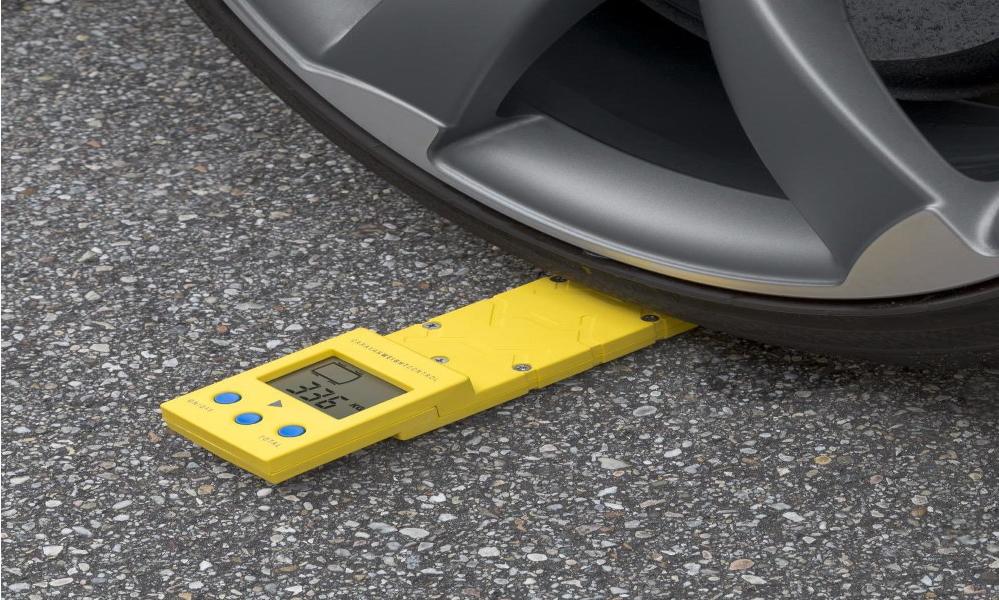
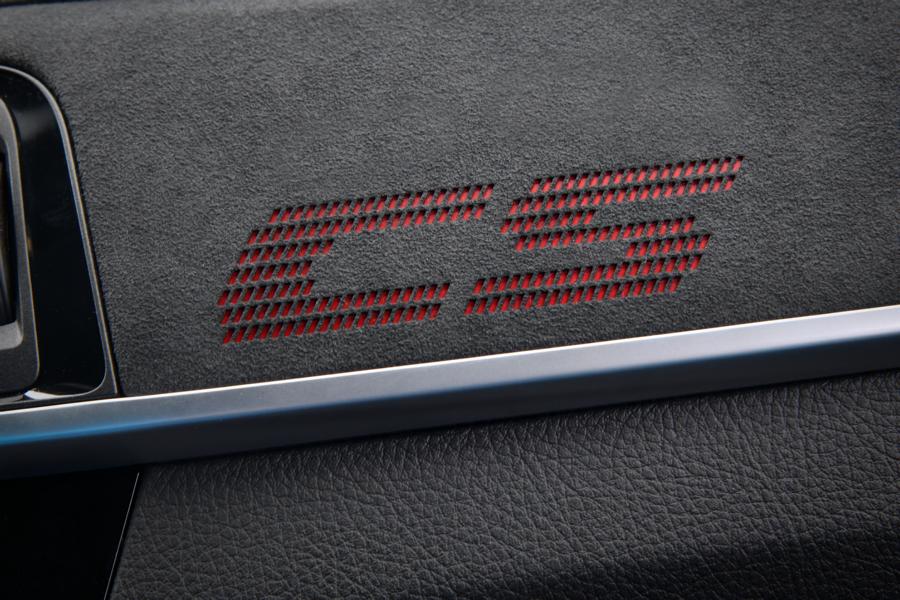
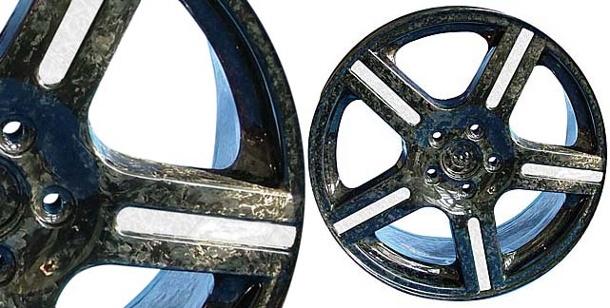
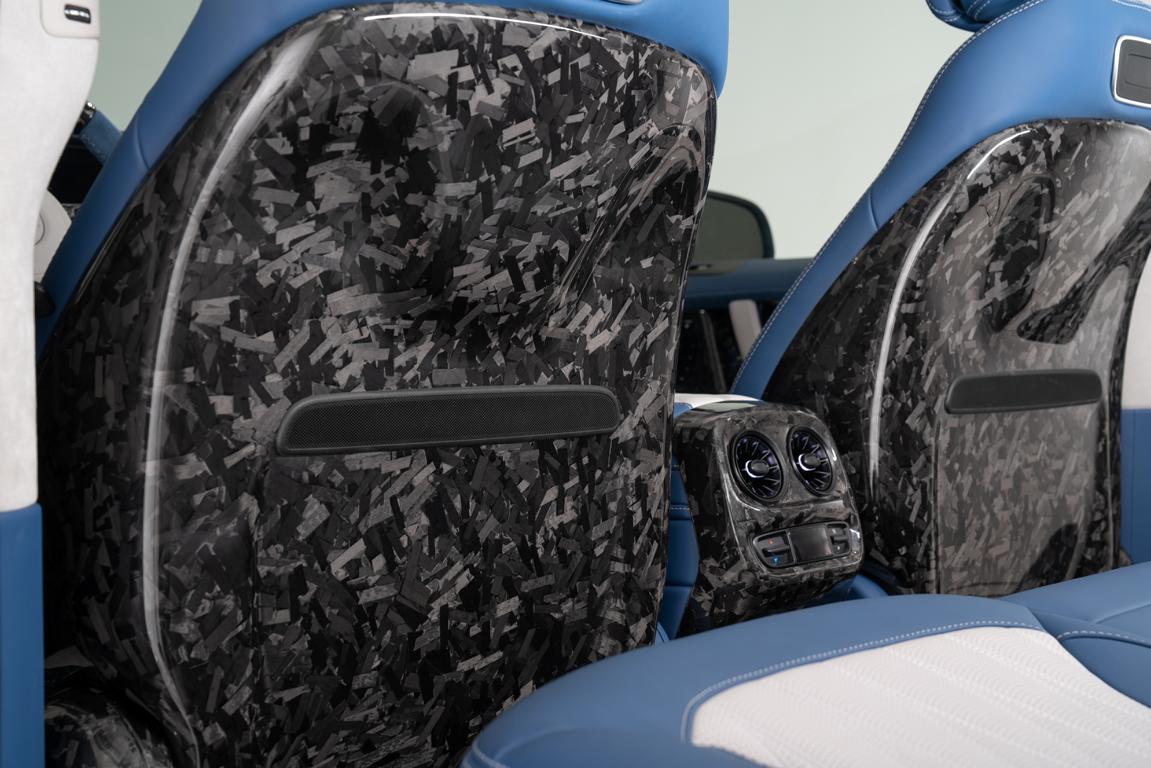






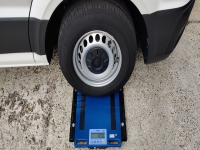
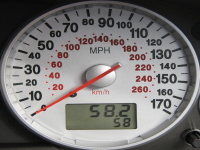



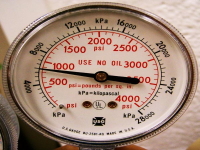







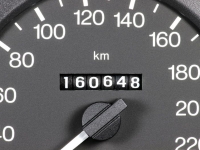
Opisujecie tu Państwo never stosunek mocy do masy, lecz stosunek masy do mocy.